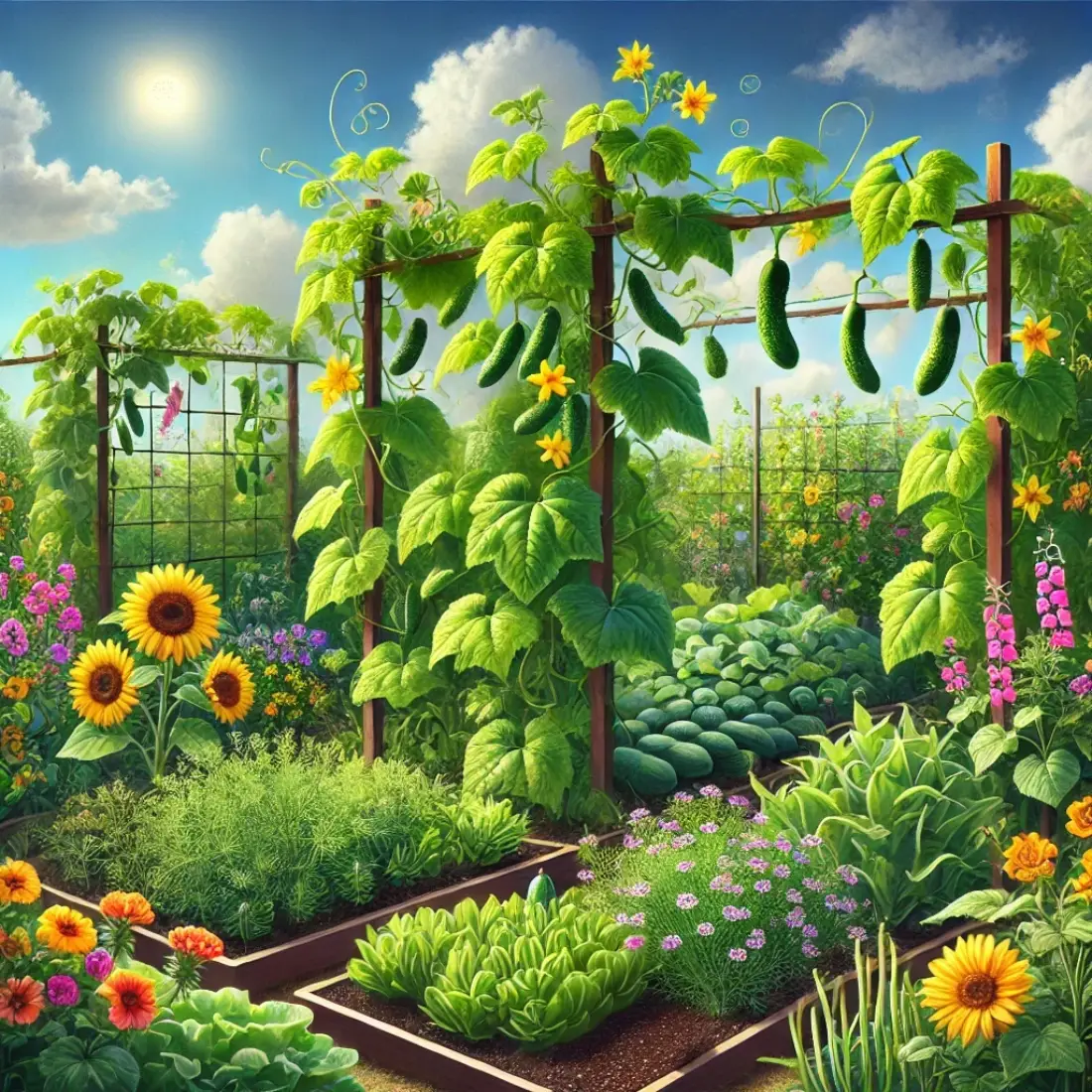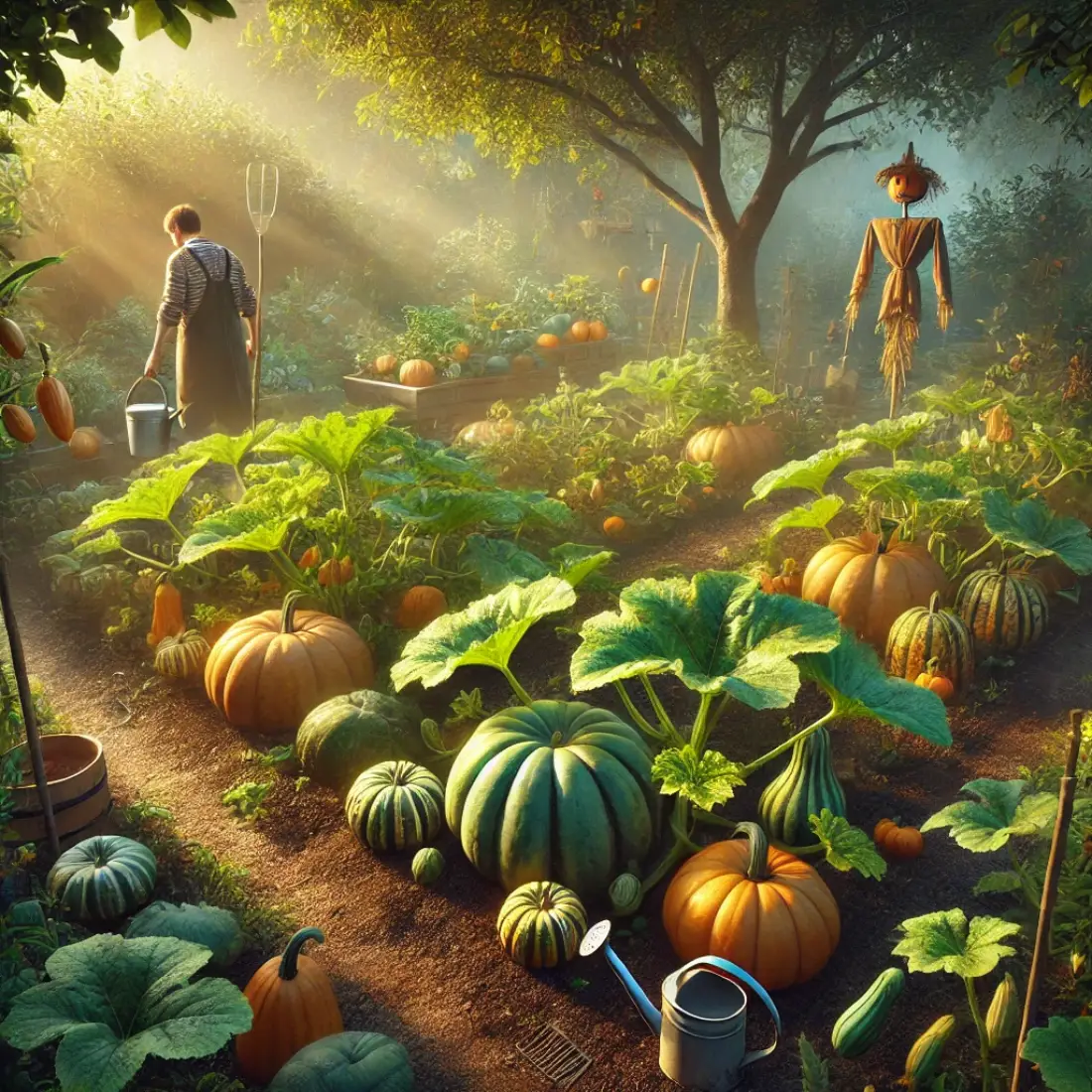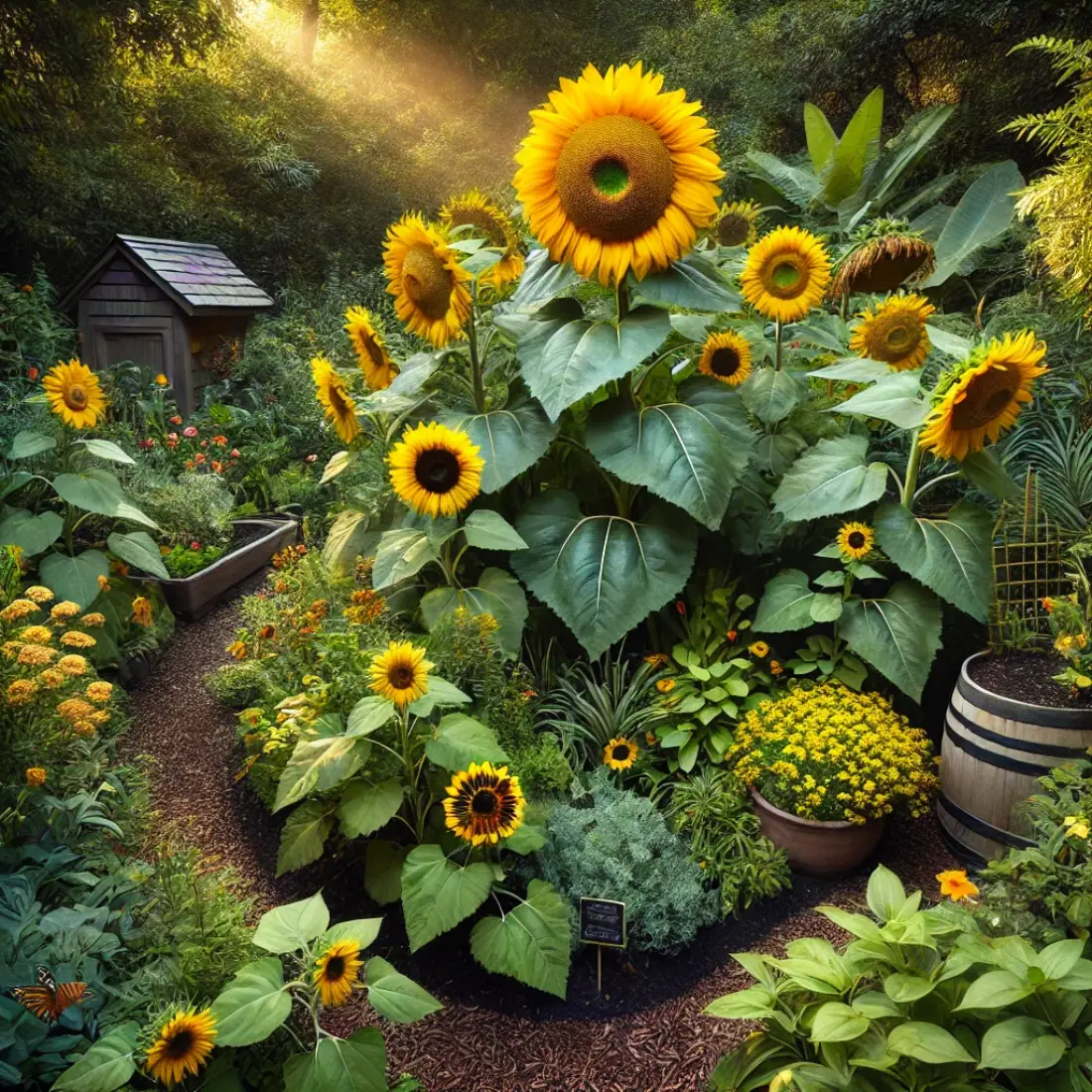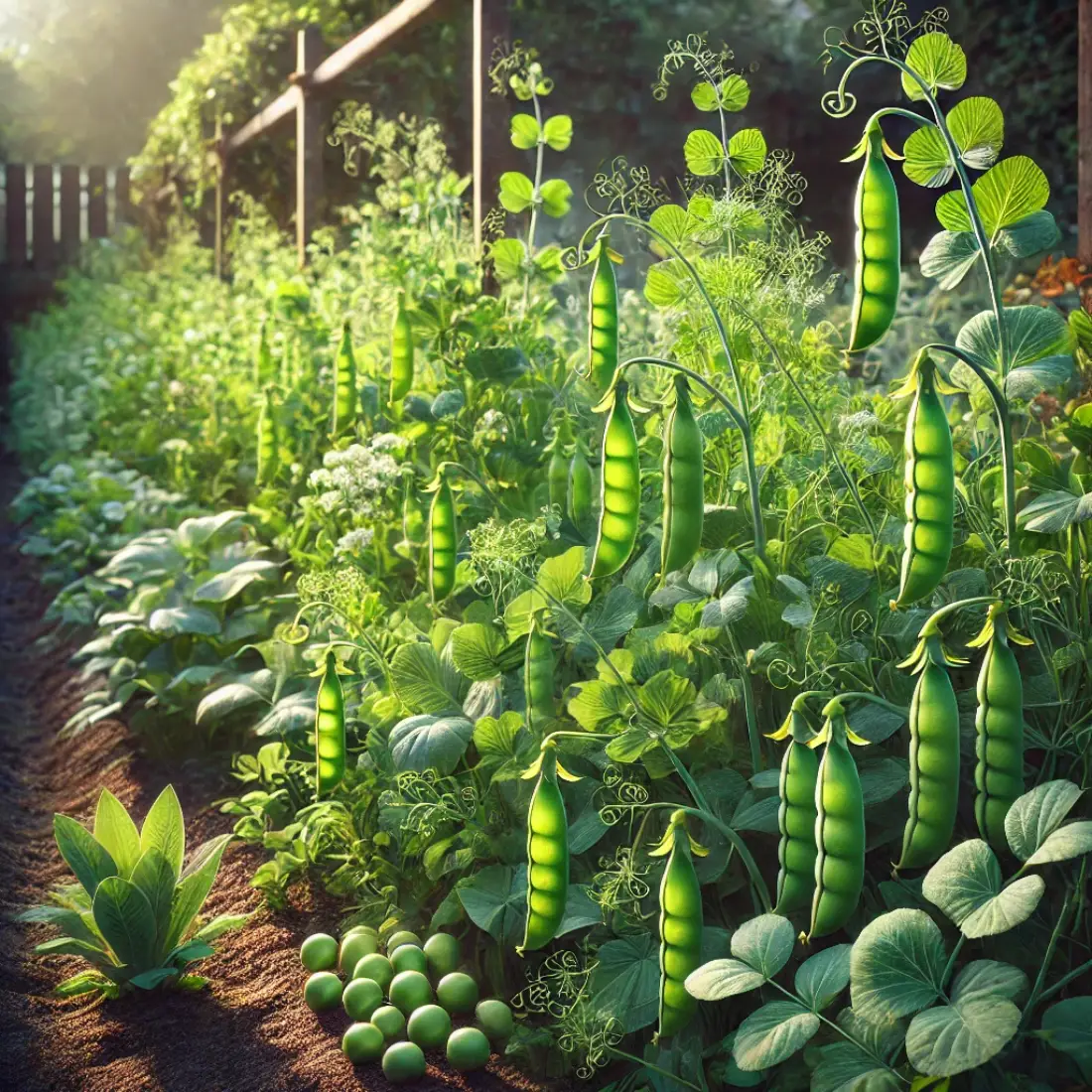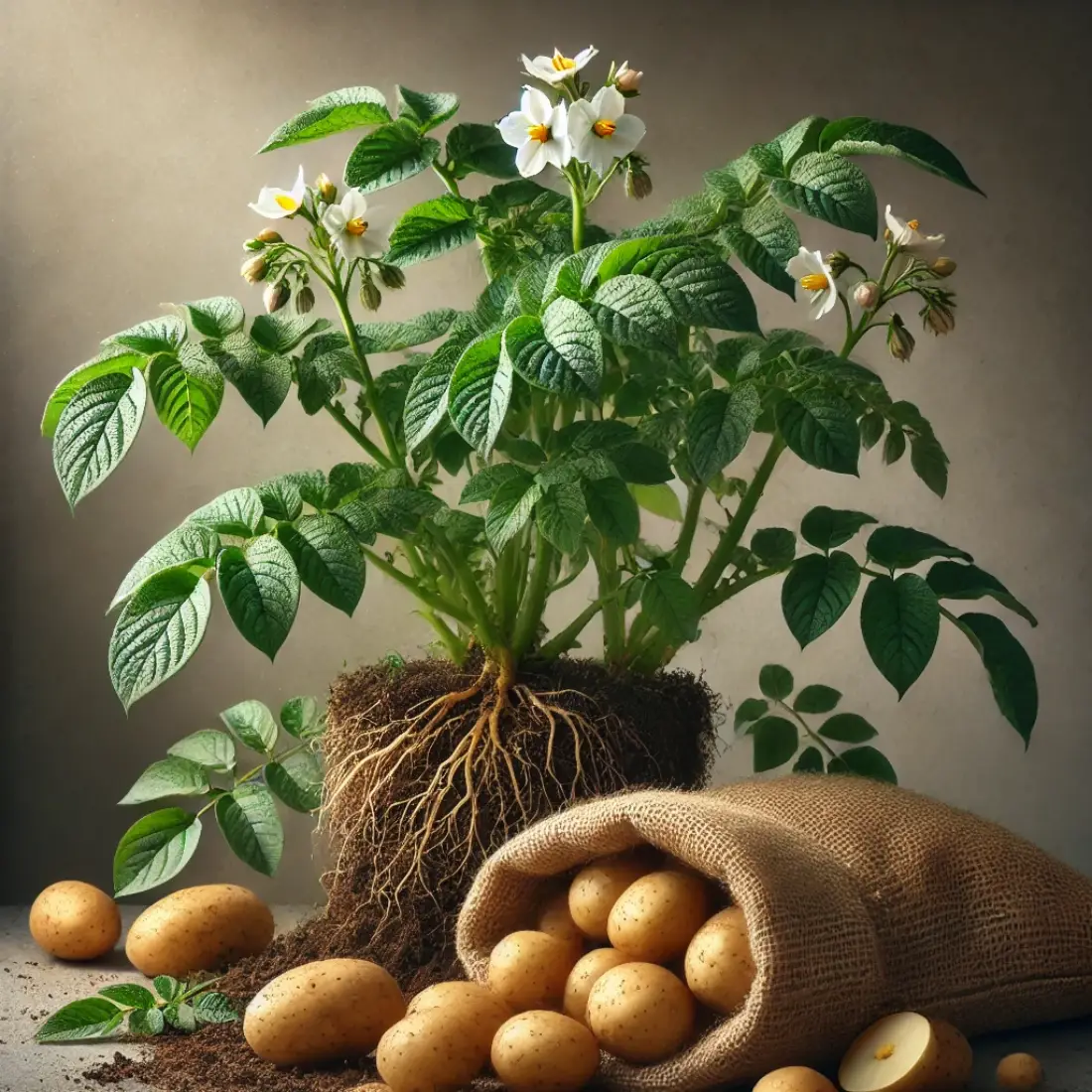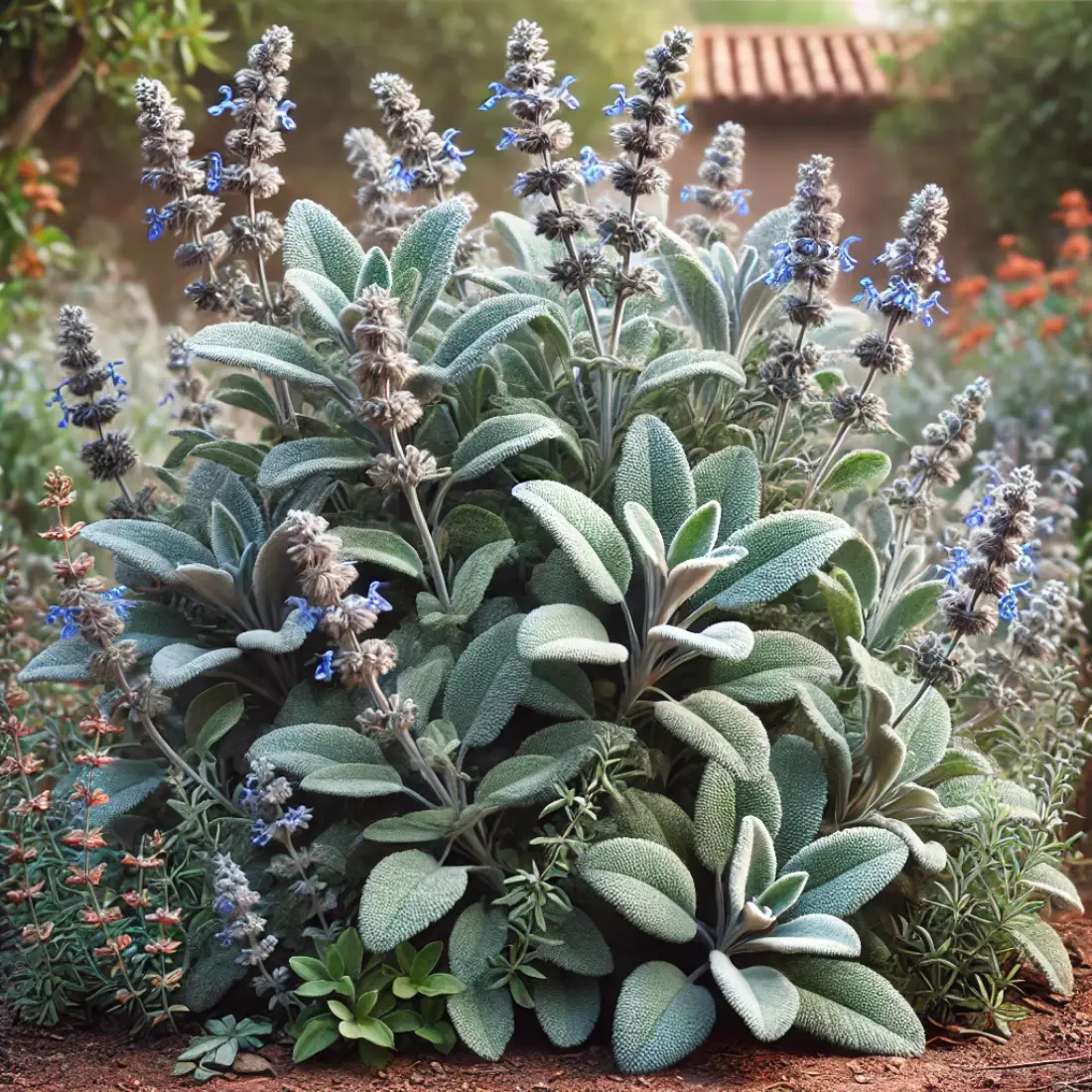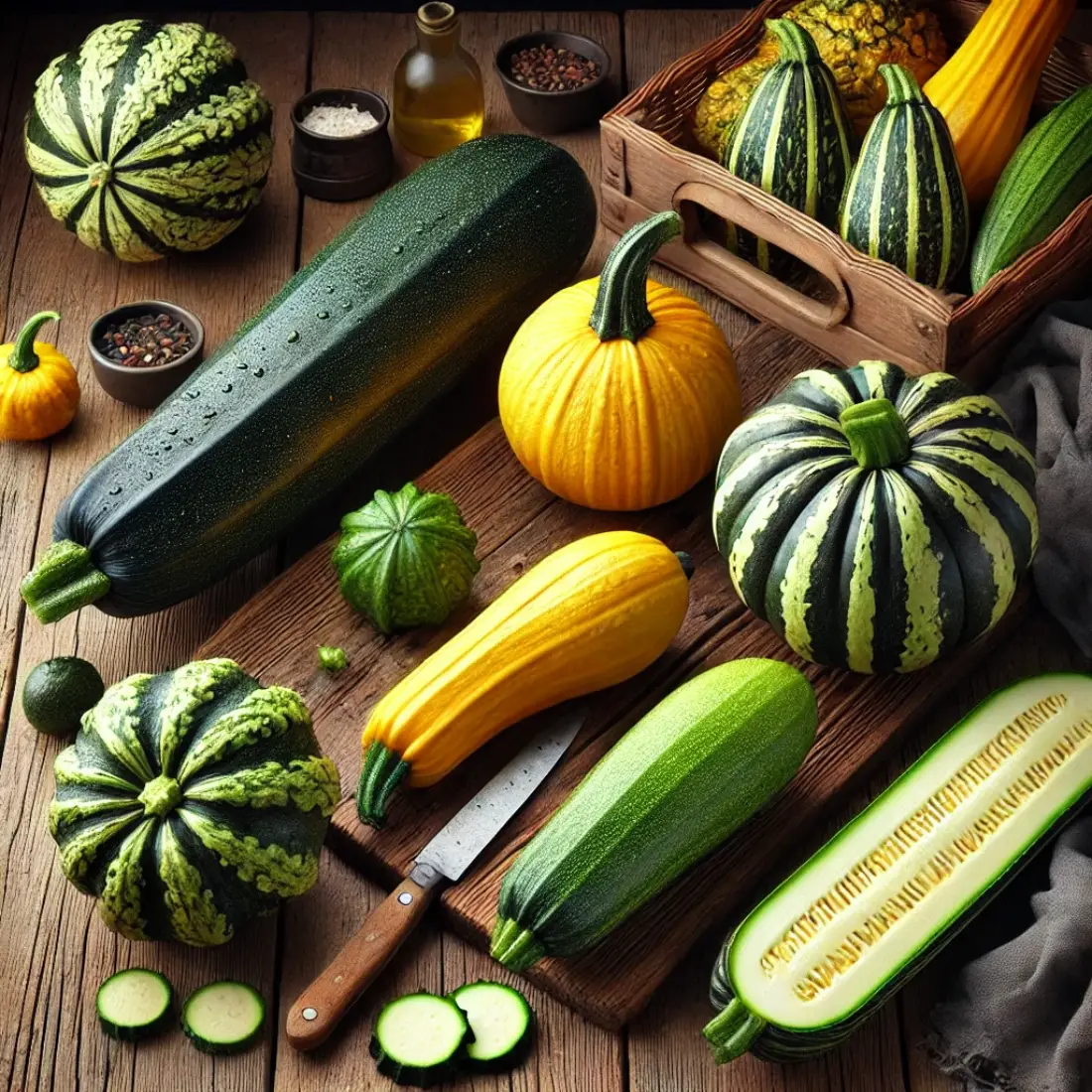Cucumbers thrive in specific conditions and benefit from neighboring plants that can deter pests, improve soil health, and provide necessary nutrients. Conversely, planting cucumbers near incompatible plants can lead to reduced yields and increased susceptibility to diseases and pests. Therefore, knowing the best and worst neighbors for cucumbers is essential for any organic gardener aiming for a bountiful harvest.
- Best Companion Plants for Cucumbers: Dill, oregano, basil, nasturtiums, marigolds, sunflowers, beans, radishes, and lettuce are ideal companions that enhance growth, deter pests, and improve soil health.
- Worst Neighbors for Cucumbers: Avoid planting cucumbers near potatoes, sage, melons, aromatic herbs like rosemary, mint, and zucchini due to competition for nutrients and increased risk of pests and diseases.
- Importance of Companion Planting: Proper companion planting can significantly improve cucumber yield and health, reduce pest problems, and create a more sustainable and productive organic garden.
General Principles of Companion Planting
Companion planting involves strategically growing different plants together to maximize their growth potential and health. The primary principles include:
- Mutual Benefit: Select plants that provide mutual benefits. For instance, beans fix nitrogen in the soil, which cucumbers use for growth.
- Pest Control: Utilize plants that naturally repel pests. Marigolds, for example, deter nematodes and beetles that can harm cucumbers.
- Attracting Beneficial Insects: Grow plants that attract beneficial insects. Dill and nasturtiums attract ladybugs and predatory wasps, which help control aphids and other pests.
- Spatial Efficiency: Maximize garden space by pairing plants with different growth habits. Plant lettuce or radishes around cucumbers to utilize ground space and minimize weed growth.
- Improving Soil Health: Incorporate plants that enhance soil health. Deep-rooted plants like sunflowers improve soil structure and bring nutrients to the surface, benefiting shallow-rooted plants like cucumbers.
- Disease Prevention: Avoid planting susceptible crops together to reduce the spread of diseases. For instance, keeping cucumbers away from potatoes and melons can prevent the spread of similar pathogens.
Best Companion Plants for Organic Cucumbers
Herbs That Benefit Cucumbers
Dill: Dill is a fantastic companion for cucumbers. It attracts beneficial insects like ladybugs and parasitic wasps that prey on common cucumber pests such as aphids and cucumber beetles. Additionally, dill can improve the flavor of cucumbers and help deter pests through its strong scent. Plant dill near cucumbers to enhance their growth and protect them naturally.
Oregano: Oregano serves as an excellent ground cover around cucumbers. Its dense foliage helps suppress weeds and maintain soil moisture. Moreover, oregano has aromatic properties that repel harmful insects, reducing the likelihood of pest infestations. By planting oregano near cucumbers, you create a protective barrier that contributes to a healthier garden ecosystem.
Basil: Basil is known for its insect-repelling properties, making it a valuable companion for cucumbers. Its strong aroma deters pests like aphids, beetles, and whiteflies.
Additionally, basil enhances the flavor of cucumbers and promotes healthy growth. Planting basil alongside cucumbers can lead to a more robust and productive garden, with fewer pest issues and tastier vegetables.
Flowers That Support Cucumber Growth
Nasturtiums Nasturtiums are vibrant flowers that serve as effective trap crops for aphids, drawing these pests away from cucumbers. They also attract beneficial insects such as ladybugs and predatory wasps that help control aphid populations.
Moreover, nasturtiums improve the overall aesthetics of the garden while providing practical benefits. Plant nasturtiums near cucumbers to protect them from pests and enhance garden biodiversity.
Marigolds: Marigolds are renowned for their pest-repelling abilities. They emit a scent that deters nematodes, beetles, and other harmful insects.
Marigolds also attract pollinators, which are crucial for cucumber pollination. By planting marigolds around cucumbers, you create a protective environment that supports healthy growth and reduces the need for chemical pest control.
Sunflowers: Sunflowers are excellent companions for cucumbers, providing natural shade and attracting pollinators. Their tall stature offers protection from excessive sunlight, helping to keep the soil cool and moist.
Sunflowers also draw beneficial insects like bees and butterflies, which aid in cucumber pollination. Plant sunflowers near cucumbers to enhance their growth environment and promote pollination.
Vegetables That Pair Well with Cucumbers
Beans: Beans are nitrogen-fixing plants that enrich the soil with essential nutrients. They improve soil fertility, benefiting cucumbers and other neighboring plants. Additionally, beans act as a natural trellis for cucumbers, supporting their vining growth. Planting beans near cucumbers can lead to healthier plants and higher yields due to improved soil conditions and support.
Radishes: Radishes serve as effective trap crops for cucumber beetles, drawing these pests away from cucumbers. They mature quickly, allowing for multiple plantings throughout the growing season.
Radishes also help break up compacted soil, improving aeration and root penetration for cucumbers. Plant radishes around cucumbers to reduce pest pressure and enhance soil structure.
Lettuce: Lettuce is a low-growing plant that provides excellent ground cover, helping to retain soil moisture and suppress weeds. It has shallow roots that do not compete with cucumbers for nutrients.
Additionally, lettuce can be harvested early, making room for the cucumber vines to spread. Planting lettuce around cucumbers maximizes garden space and improves soil health.
Worst Neighbors for Cucumbers
Choosing the right companions for cucumbers is crucial, but equally important is knowing which plants to avoid. Some plants compete for resources, attract pests, or hinder cucumber growth. Here are the worst neighbors for cucumbers:
Potatoes: Potatoes and cucumbers should never be planted together. Both crops are susceptible to similar pests and diseases, such as blight and aphids, which can easily transfer between the two.
Additionally, potatoes are heavy feeders, competing with cucumbers for nutrients and leading to reduced yields for both plants. Planting potatoes and cucumbers in close proximity can exacerbate these problems, making it difficult to manage pest and disease outbreaks.
Sage: Sage is a herb that can inhibit the growth of cucumber plants. It releases certain chemicals into the soil that can stunt cucumber growth and reduce overall productivity.
Additionally, sage’s strong aroma does not repel pests that affect cucumbers and may even attract some unwanted insects. Avoid planting sage near cucumbers to ensure optimal growth and health of your cucumber plants.
Melons: Melons and cucumbers belong to the same family (Cucurbitaceae), making them susceptible to the same pests and diseases. Planting them together increases the risk of spreading issues like powdery mildew, cucumber beetles, and squash bugs.
Furthermore, both plants have similar nutrient and water requirements, leading to competition that can stunt their growth. Keeping melons and cucumbers apart helps prevent these problems and promotes healthier plants.
Aromatic Herbs (e.g., Rosemary): Aromatic herbs like rosemary, thyme, and sage can be detrimental to cucumbers. These herbs release volatile oils that can inhibit cucumber growth and disrupt beneficial insect populations.
Additionally, their dense root systems can compete with cucumbers for nutrients and water, leading to reduced vigor and yield. Planting aromatic herbs far from cucumbers is advisable to prevent any negative interactions.
Mint: Mint is known for its aggressive growth and can quickly overtake garden spaces. Its invasive nature can overshadow cucumber plants, competing for sunlight, nutrients, and water.
Additionally, mint can attract pests like spider mites and aphids, which can harm cucumbers. If you choose to grow mint, it is best to plant it in a contained area or separate pot away from cucumbers to avoid any negative impact.
Zucchini: Zucchini and cucumbers share similar growing conditions and attract the same pests, such as cucumber beetles and squash bugs. Planting them together increases the likelihood of pest infestations and disease spread.
Additionally, both plants are heavy feeders, leading to competition for nutrients and water. Keeping zucchini and cucumbers apart helps manage pests and ensures both plants have adequate resources to thrive.
FAQs on Companion Planting for Cucumbers
What are the best companion plants for cucumbers?
The best companion plants for cucumbers include dill, oregano, basil, nasturtiums, marigolds, sunflowers, beans, radishes, and lettuce. These plants help deter pests, improve soil health, and enhance cucumber growth.
Why should I avoid planting cucumbers near potatoes?
Potatoes and cucumbers are susceptible to similar pests and diseases, such as blight and aphids. Planting them together increases the risk of disease transmission and nutrient competition, which can reduce yields for both plants.
Can I plant cucumbers with tomatoes?
While cucumbers and tomatoes can grow together, it’s essential to provide adequate space and support for both. Ensure they have sufficient nutrients and water, and consider companion plants that benefit both crops, like basil and marigolds.
How does companion planting help with pest control?
Companion planting helps with pest control by attracting beneficial insects that prey on pests, deterring harmful insects with strong scents, and providing trap crops that lure pests away from main crops. For cucumbers, dill and nasturtiums are excellent pest-controlling companions.
What are some signs that my companion planting isn’t working?
Signs that companion planting isn’t working include poor plant growth, pest infestations, disease outbreaks, and competition for resources. If plants appear stunted, discolored, or are being overrun by pests, it may be necessary to reevaluate your companion planting choices.
Is it beneficial to plant flowers near cucumbers?
Yes, planting flowers like nasturtiums, marigolds, and sunflowers near cucumbers can be highly beneficial. These flowers attract pollinators and beneficial insects, provide ground cover, and can repel harmful pests, creating a healthier growing environment for cucumbers.
How do I space companion plants with cucumbers?
When spacing companion plants with cucumbers, consider each plant’s mature size and growth habit. Ensure adequate airflow and sunlight reach all plants. For example, plant tall companions like sunflowers at the edge of the cucumber bed to avoid shading, and use ground covers like oregano to suppress weeds.
What plants should I avoid planting with cucumbers?
Avoid planting cucumbers with potatoes, sage, melons, and zucchini. These plants compete for nutrients and water, attract similar pests, and are susceptible to the same diseases, which can harm cucumber growth and yield.
How can I improve soil health for cucumbers using companion planting?
Improve soil health by planting nitrogen-fixing plants like beans, deep-rooted plants like sunflowers that bring nutrients to the surface, and ground covers like lettuce that retain moisture and suppress weeds. These companions enhance soil fertility and structure for healthier cucumbers.
Can companion planting increase cucumber yield?
Yes, companion planting can increase cucumber yield by creating a supportive ecosystem that promotes healthy growth. Beneficial companions deter pests, improve soil health, and optimize space usage, leading to more robust plants and higher yields.

